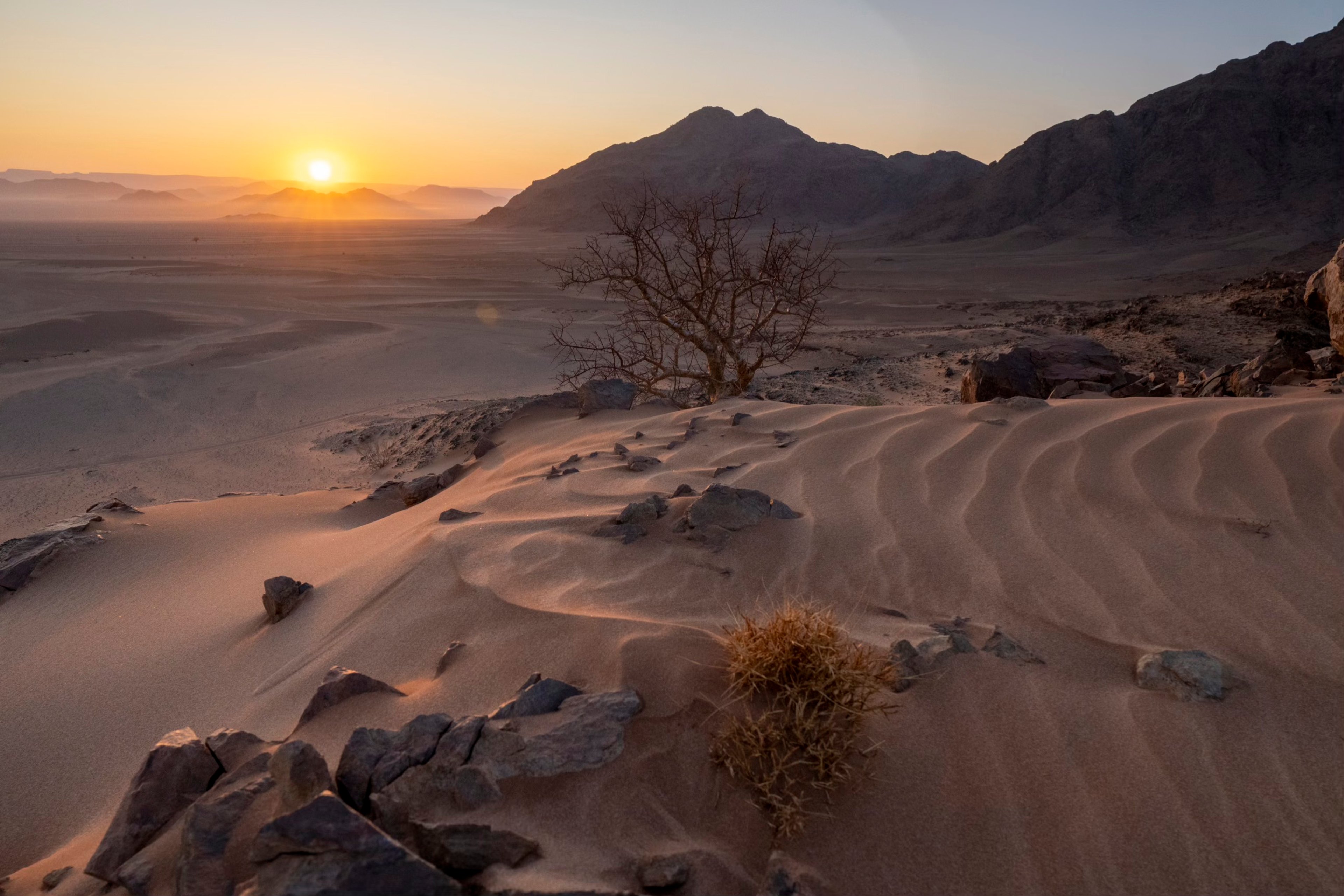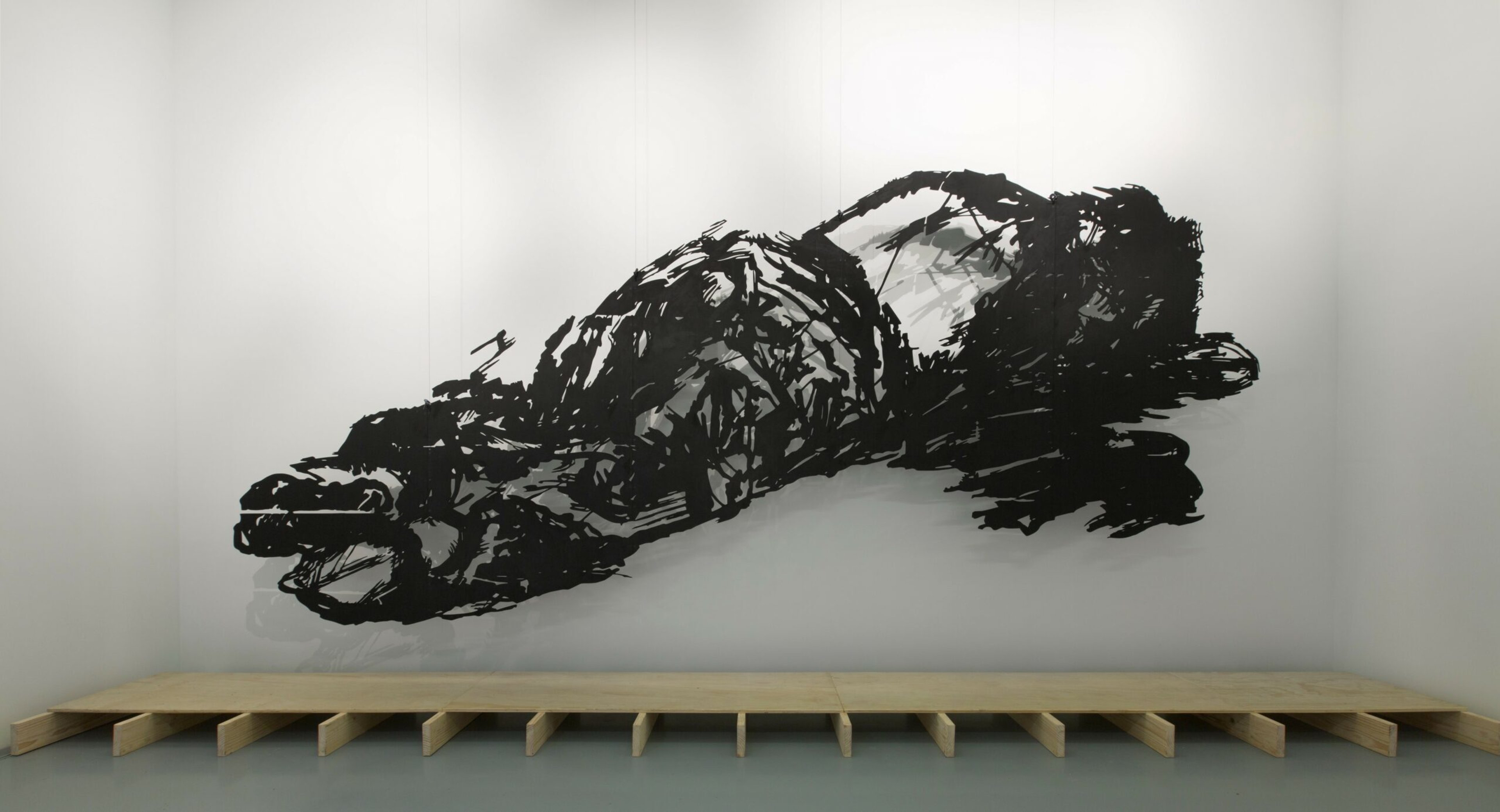When you consider that, historically, Africa’s cultural narrative has largely been told by outsiders—and that some of the continent’s best artworks have long languished in private collections—the extraordinary importance of what businessman and philanthropist Jochen Zeitz set out to do with the Zeitz Museum of Contemporary Art Africa (Zeitz MOCAA) packs a positive punch.
The result of a not-for-profit partnership between the V&A Waterfront and Zeitz, the continent’s first museum dedicated to African contemporary art opened in 2017 with access for all, a founding principle. The global significance of the museum is not lost on Zeitz, who has, over a period of three decades, amassed an extensive collection considered by many to be the leading global collection of contemporary art from Africa and its diaspora. It forms the heart of the museum’s founding collection, as Zeitz has given it to the MOCAA on long-term loan.
Tasked with the job of reimagining a historic grain silo at the V&A Waterfront that had stood derelict for years, British architect Thomas Heatherwick converted the 187-foot-high building with 42 gargantuan inner tubes into an iconic museum. But then, Heatherwick is no stranger to conceptual conundrums, having designed the ingenious seed cathedral for the UK Pavilion at the Shanghai Expo 2010, the redesign of London’s double-decker Routemaster bus in 2011 and the acclaimed Olympic Torch for the London Olympics in 2012.




